Borstzorgklinieken
High quality breast care in a patient centered environement
We are a clinic specialized in breast care, offering professional care and high-quality diagnostics in a patient-friendly setting. Professionalism, personal guidance, reliability, and short waiting times are our priorities. With a referral from a general practitioner, you are welcome to undergo an ultrasound (with the possibility of a biopsy or drainage if necessary), a mammogram, and/or an MRI.

You are also very welcome for the following examination without a referral from your general practitioner / family doctor. However, without a referral, these examination are not reimbursed by your health insurance provider. You will pay us directly for the examination, and you will receive a proof of payment (not an invoice).
Rates for Self-pay examination
€ 322,47 Ultrasound breasts including consultation with a breast radiologist
€ 576,63 3D mammographic including consultation with a breast radiologist
€ 537,72 MRI scan breasts including contrast and consultation with a breast radiologist
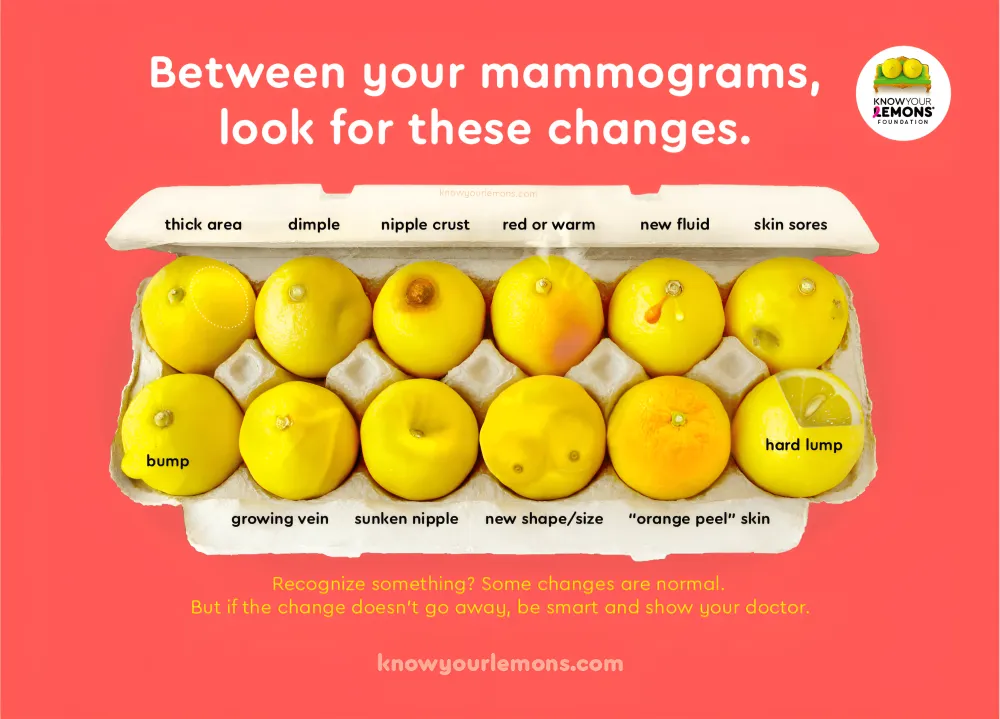
We recommend breast imaging in the presence of the following symptoms or changes:
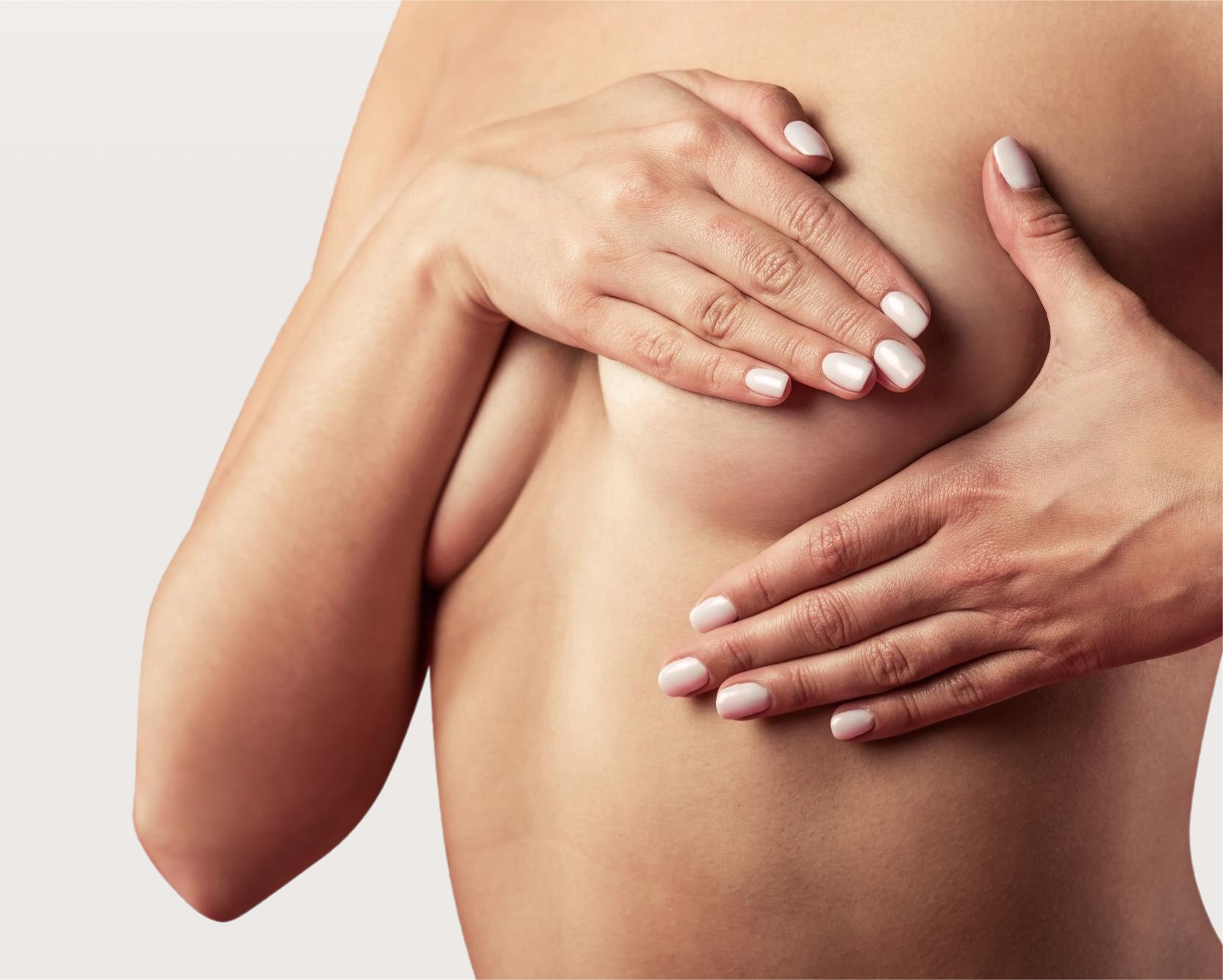
What to look for in breast self-examination:
Source: https://www.kwf.nl/pink-ribbon/borstkanker/borstzelfonderzoek
Breasts develop throughout a woman's lifetime. When you're 20, they look different from when you're 50. They also feel different as you age compared to when you're younger. It's important for a woman to become familiar with her breasts so she knows what's normal for her and can detect any changes or abnormalities earlier.
What's Normal? To recognize suspicious changes, it's important to know what's normal for your breasts. It's entirely common for breasts not to be exactly the same size. Some women have one or two inverted nipples from a young age, which is not a cause for concern.
A breast is mostly composed of glandular tissue. When you feel your breasts, they may have a lumpy or bumpy feel beneath the skin. This is the glandular tissue. If you feel a lump in your breast, it may indicate a tumor, but it doesn't always mean this. Often, it's a cyst, a fluid-filled sac, or a fibrous lump.
How Does a Breast Lump Feel? When talking about a breast lump, it refers to a thickening that feels different from what's considered "normal." A lump can feel like a marble, hard and smooth. But it can also be a firmer or slightly tougher area that feels different from the rest of the breast.
It may feel like an elongated swelling or a thickened disc. If you feel a lump or spot that doesn't go away quickly, it's advisable to make an appointment with your doctor. They can refer you for further evaluation.
Changes in Breasts Due to Menstruation, Pregnancy, and Breastfeeding Menstruation and pregnancy can affect the appearance and sensitivity of your breasts. Menstruation can cause your breasts to feel different than they did before or after your period. These changes can be benign. If you feel or see anything unusual during your menstrual cycle, monitor it and see if it changes after your period.
The same goes for pregnancy and breastfeeding. Breasts change during these periods. It's advisable to pay attention to your breasts and monitor them. Remember that many breast abnormalities or symptoms are not cancer. If changes in the breast persist for an extended period, contact your doctor.
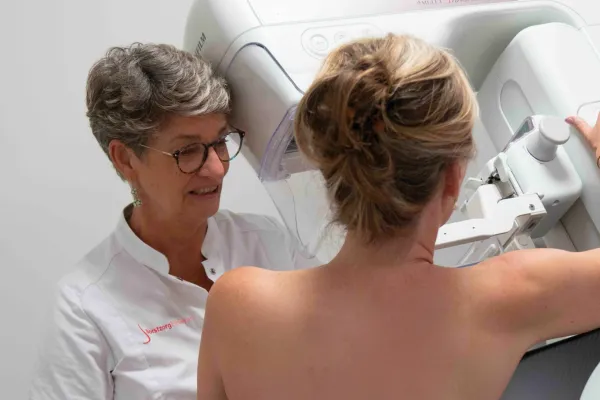
Mammography is a diagnostic imaging technique that uses the lowest possible dose of X-rays to visualize the tissue structure of the breast. This method allows for the detection of abnormalities in the fatty, glandular, and connective tissues of the breast, including early-stage breast cancer.
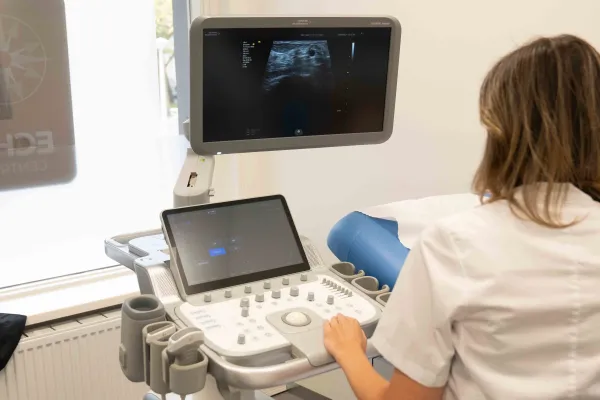
We can also examine and visualize the breast and armpit through ultrasound. After a mammogram, we often use ultrasound to further examine the breast and armpit.
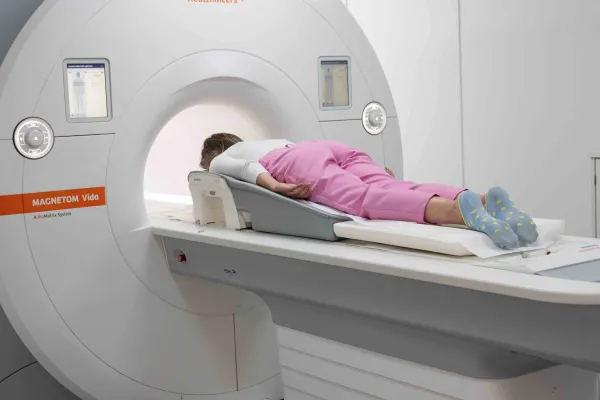
MRI is a technique used to visualize organs and tissues. This examination involves a magnetic field and radio waves. Signals are generated and detected within the body, and a computer translates them into images.
Website door Wux